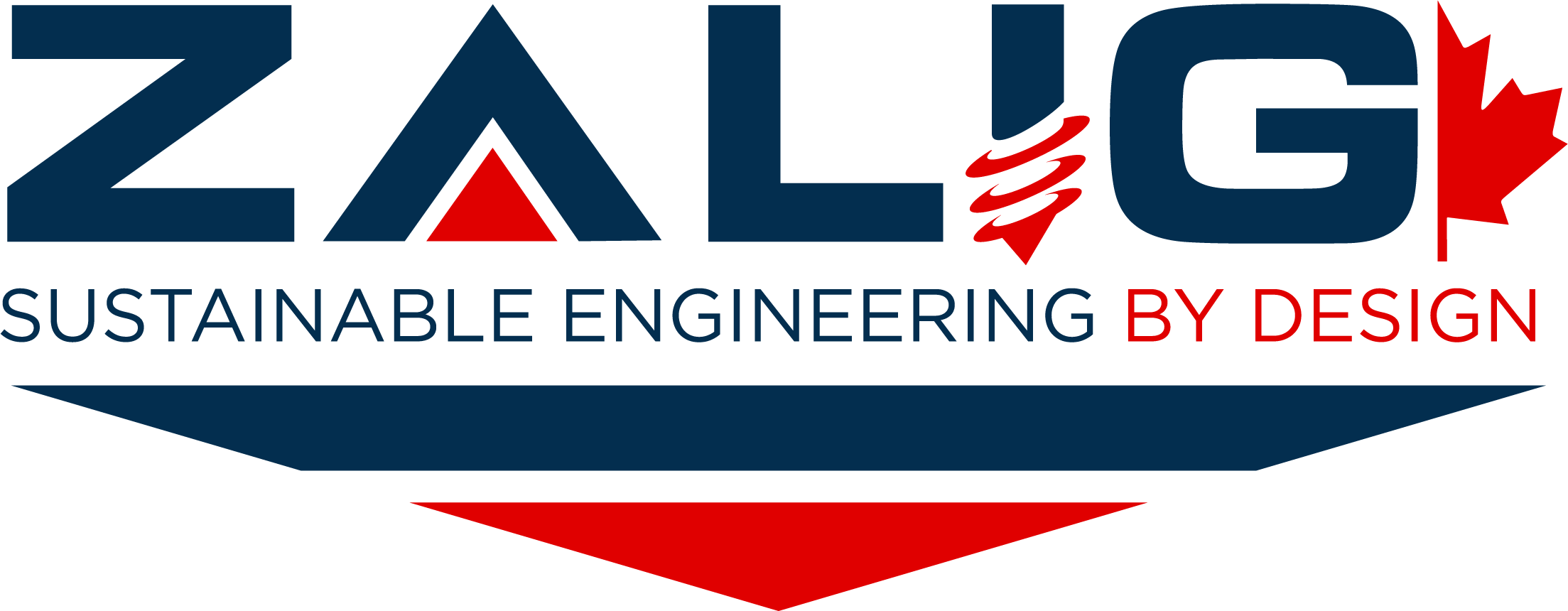- Boreholes Per Sq Meter
- Boreholes Per Sq Meter
The acceptable level of geotechnical investigation, including the number of boreholes per square meter, will depend on a number of factors, including the purpose of the investigation, the complexity of the site, and the resources available.
Geotechnical investigations are typically conducted to gather information about the soil and rock formations at a site, as well as any other subsurface conditions that may impact the construction or use of the site. This information is used to determine the suitability of the site for the intended use and to design foundations and other structures.
The number of boreholes per square meter required for a geotechnical investigation will depend on the complexity of the site and the level of detail required. In general, more complex sites or those with a higher potential for soil or rock instability will require more boreholes to accurately assess the conditions.
In addition to the number of boreholes, other factors that may influence the acceptable level of geotechnical investigation include the depth and spacing of the boreholes, as well as the type of testing and analysis performed.
Overall, the acceptable level of geotechnical investigation, including the number of boreholes per square meter, will depend on the specific circumstances of the site and the intended use of the information gathered. It is important to carefully consider these factors and to ensure that the investigation is thorough and comprehensive to provide the necessary information for the project.
At ZALIG, we offer a wide range of quality geotechnical, environmental, material testing, transport, survey and hydro-technical engineering services to clients in both the public and private sectors. Operating from our base in Western Canada, our industry-leading experts set the pace in various geotechnical, environmental, and construction service markets. If you need geotechnical engineering services in Alberta, we've got you covered! Get in touch with us today and let's talk about your project!
